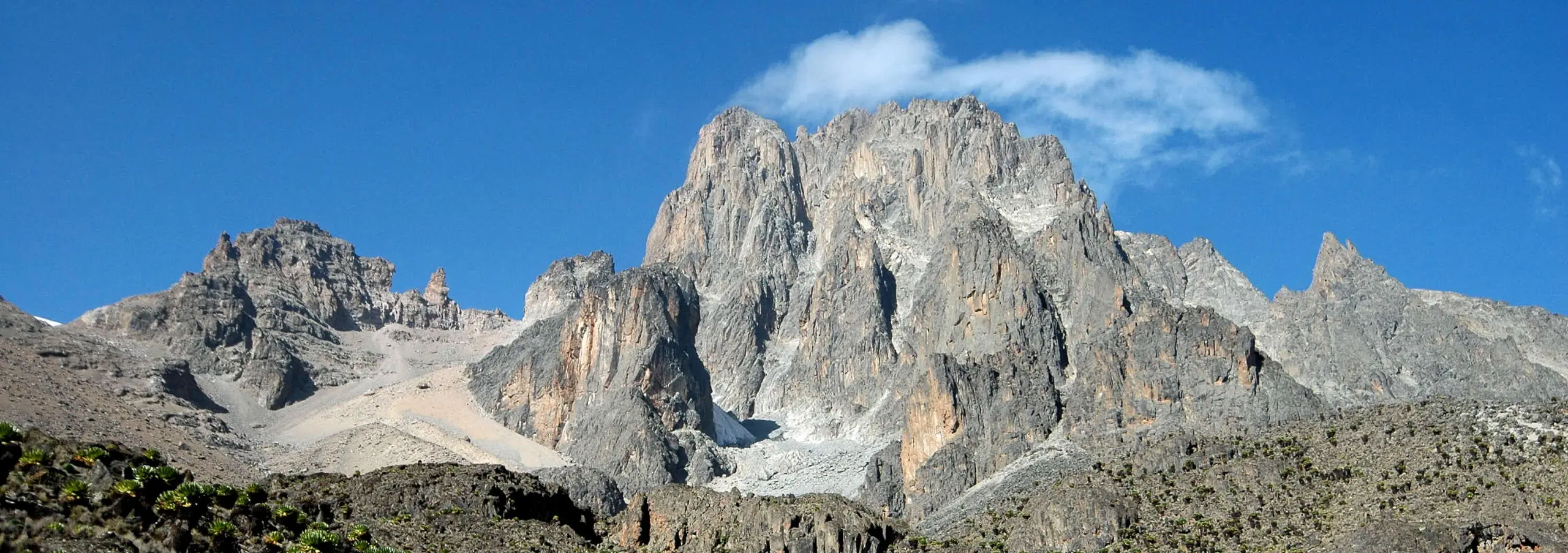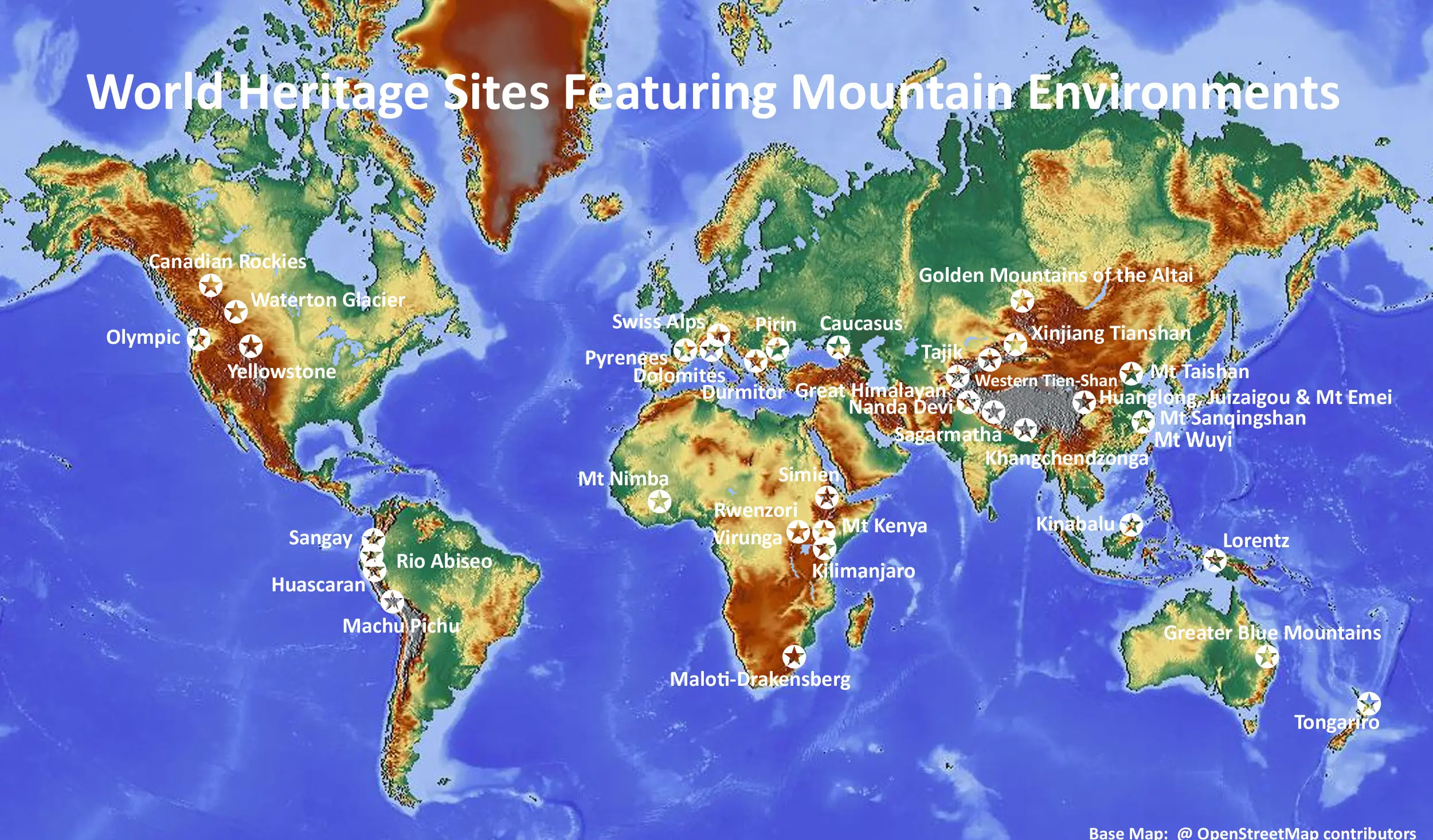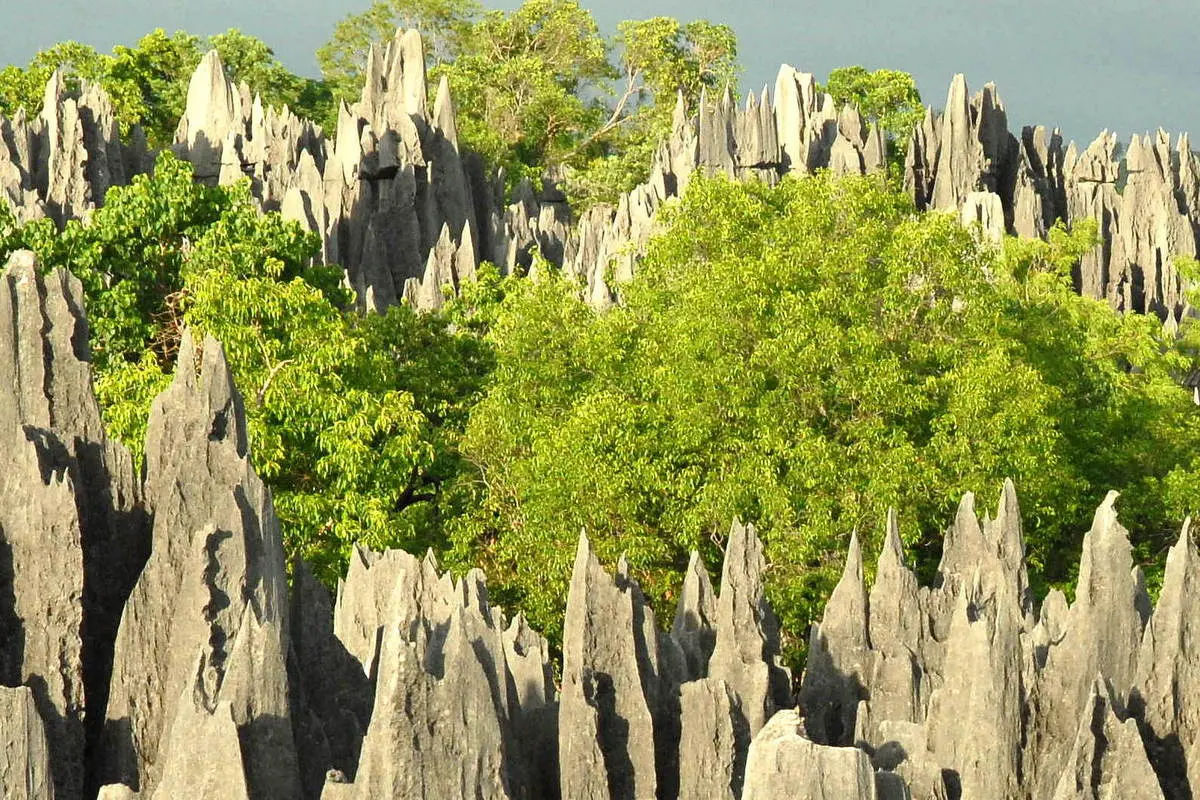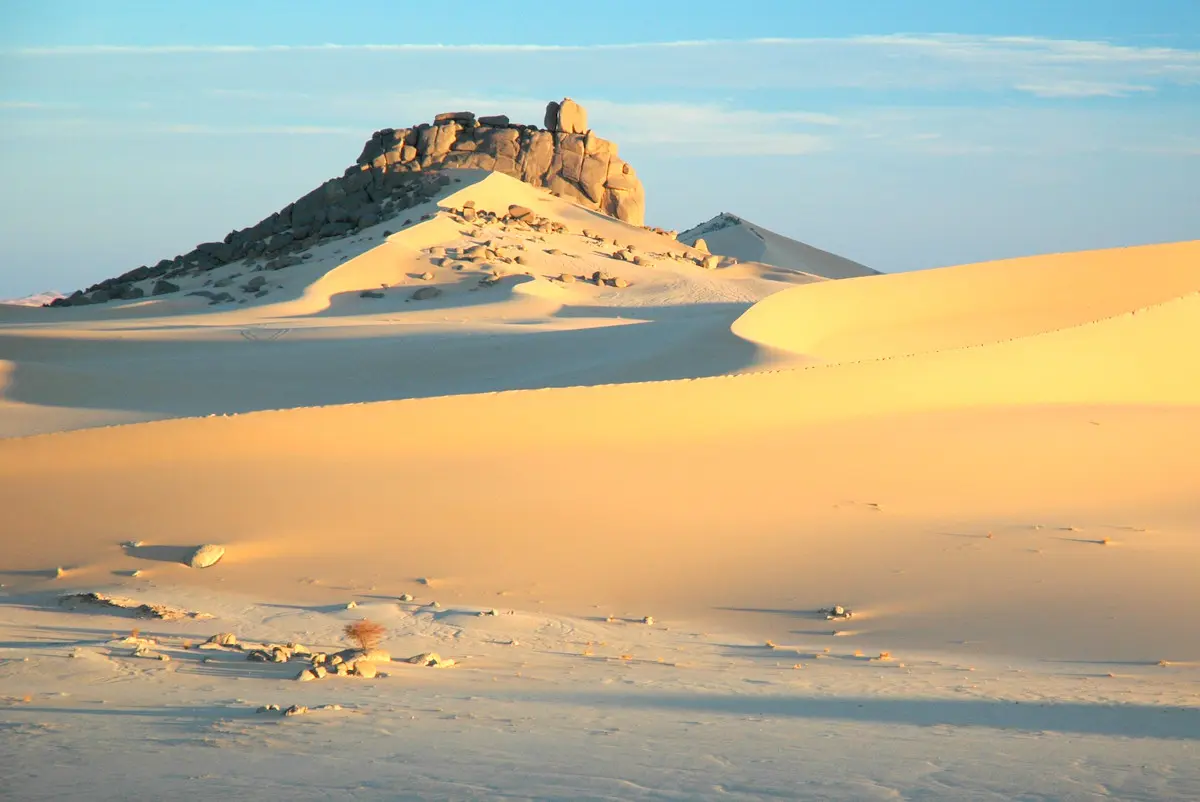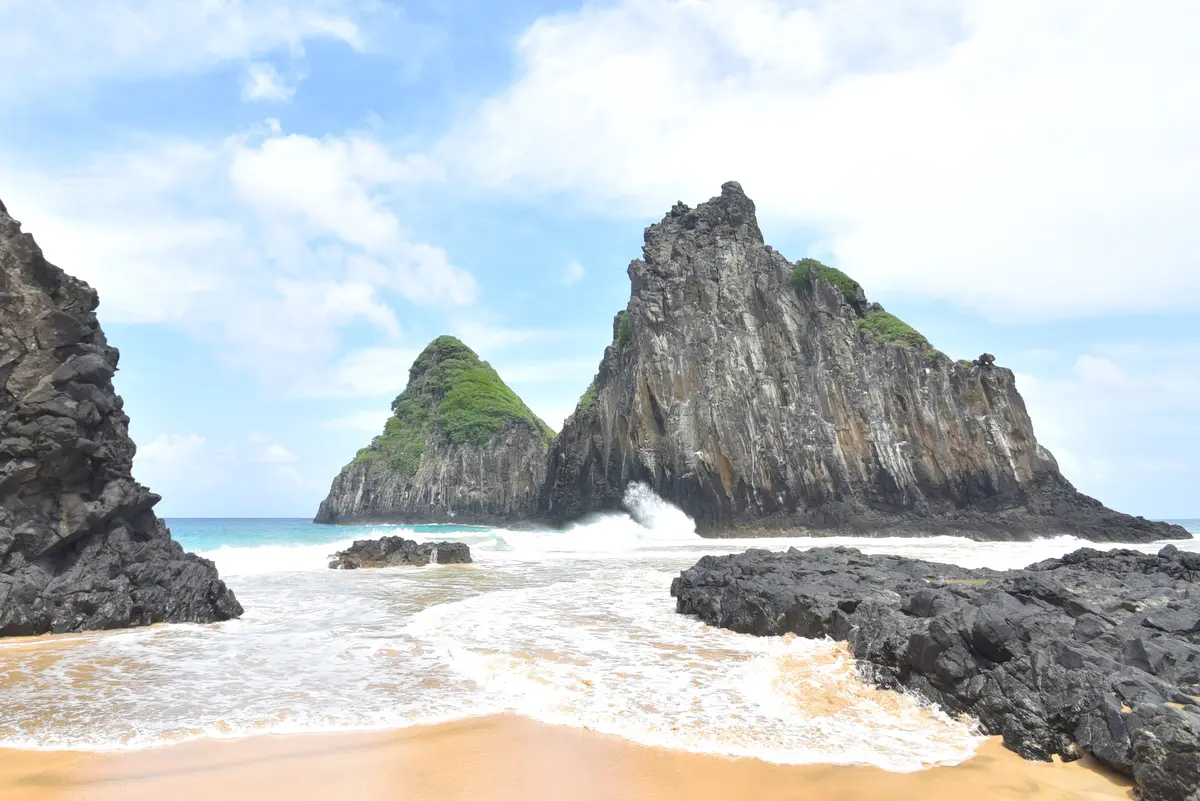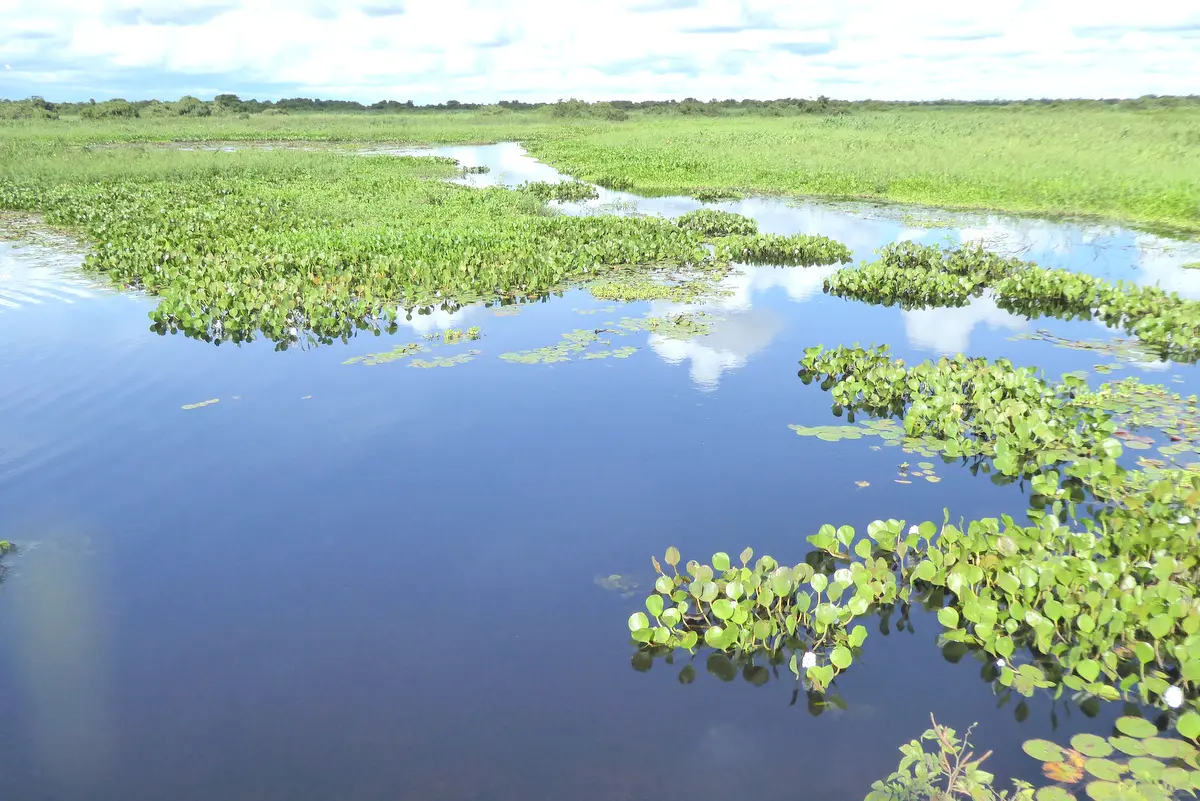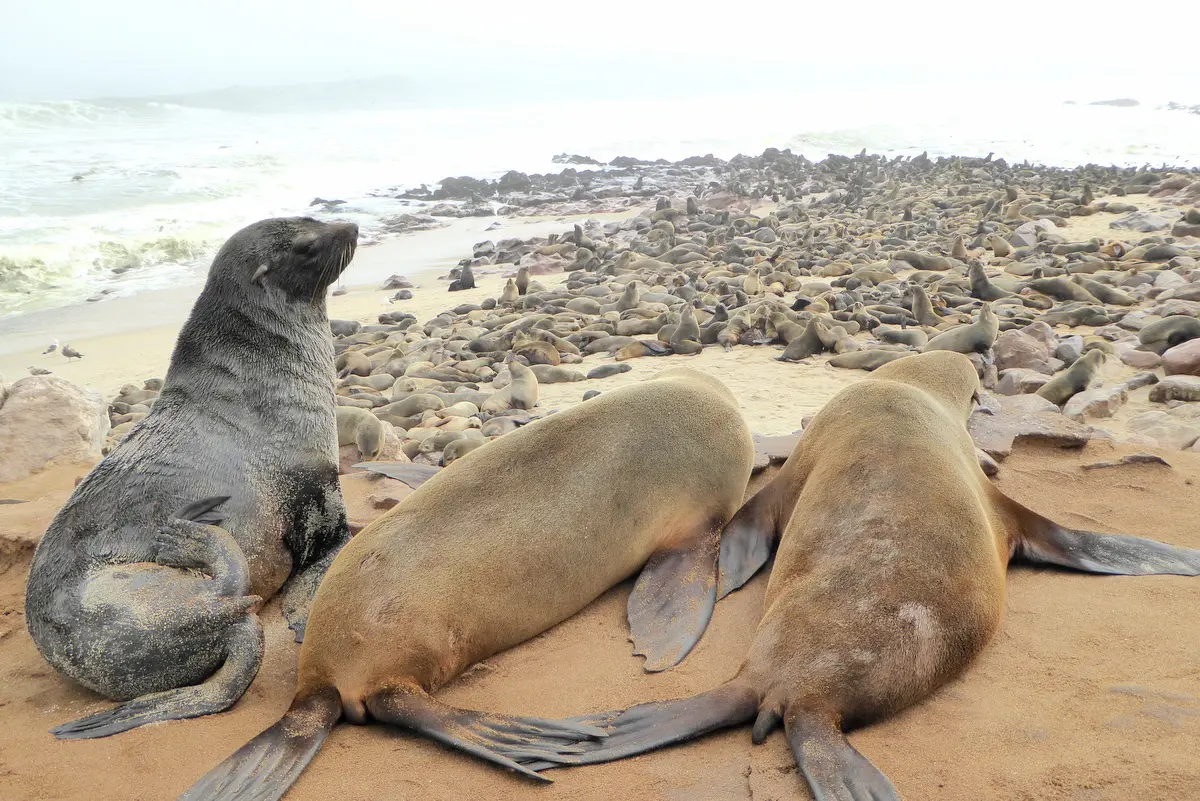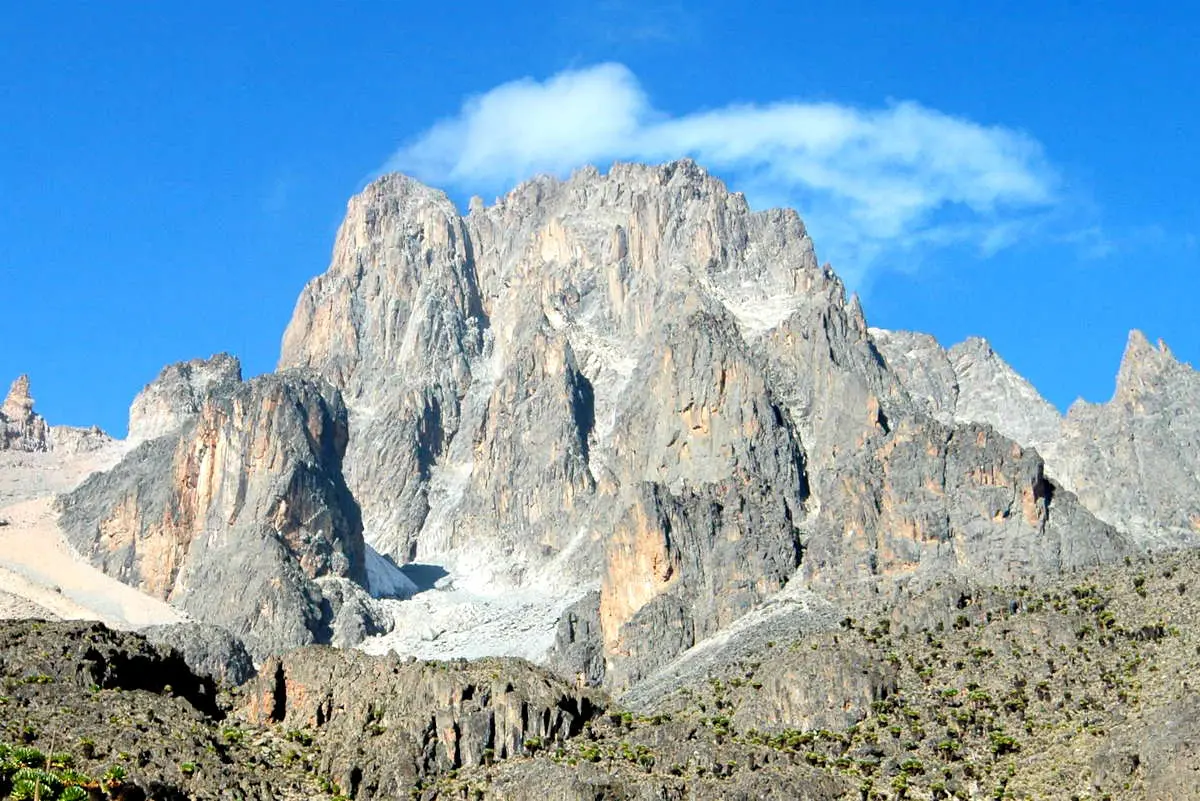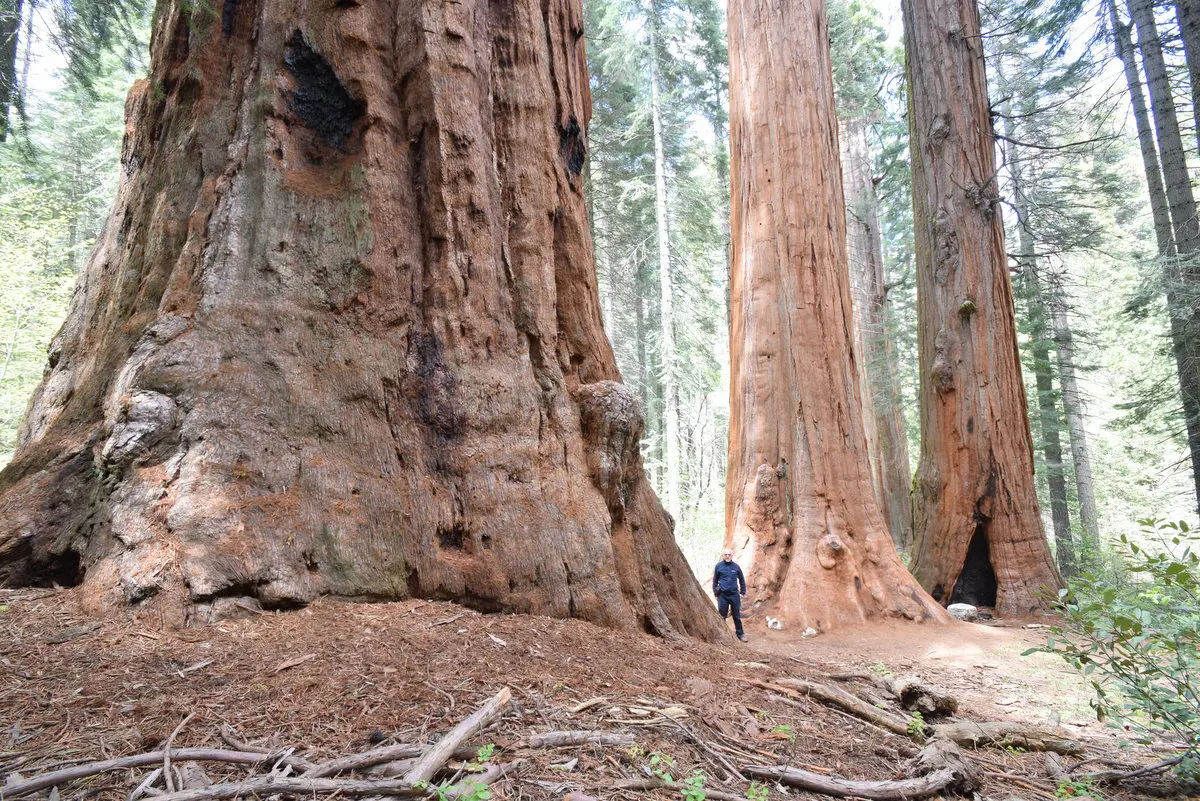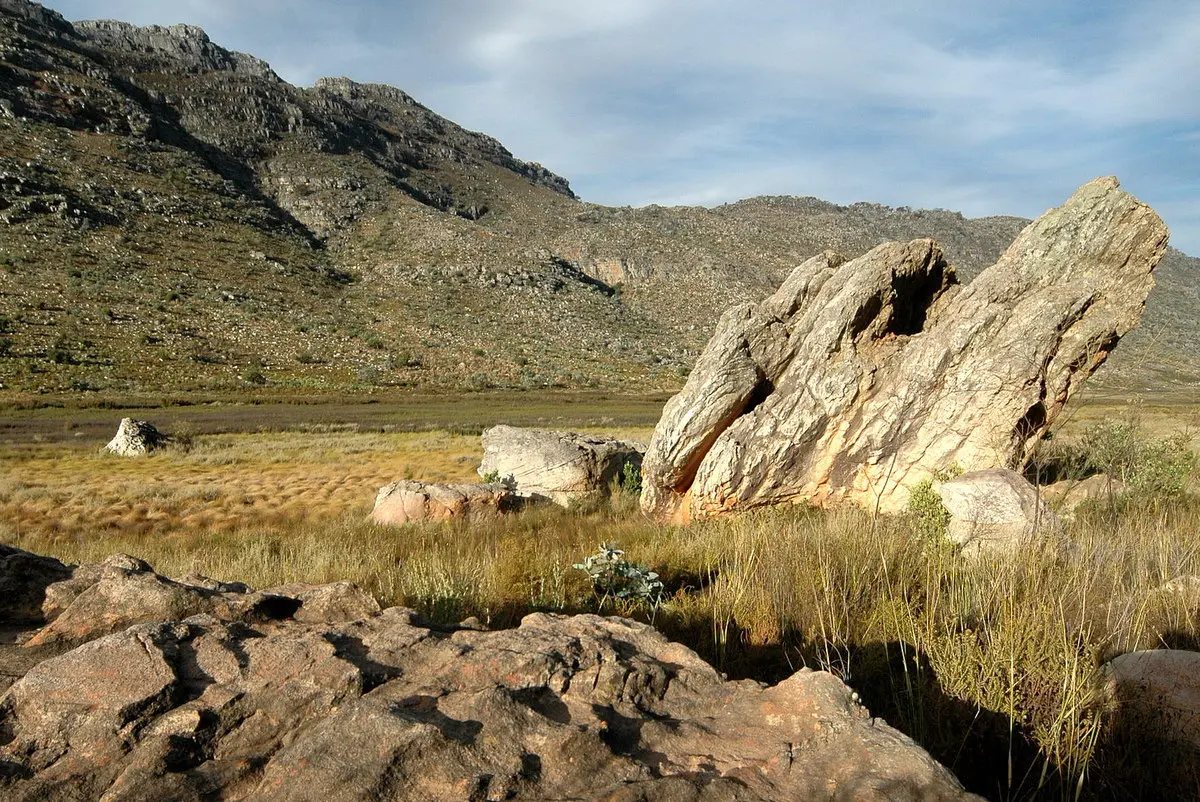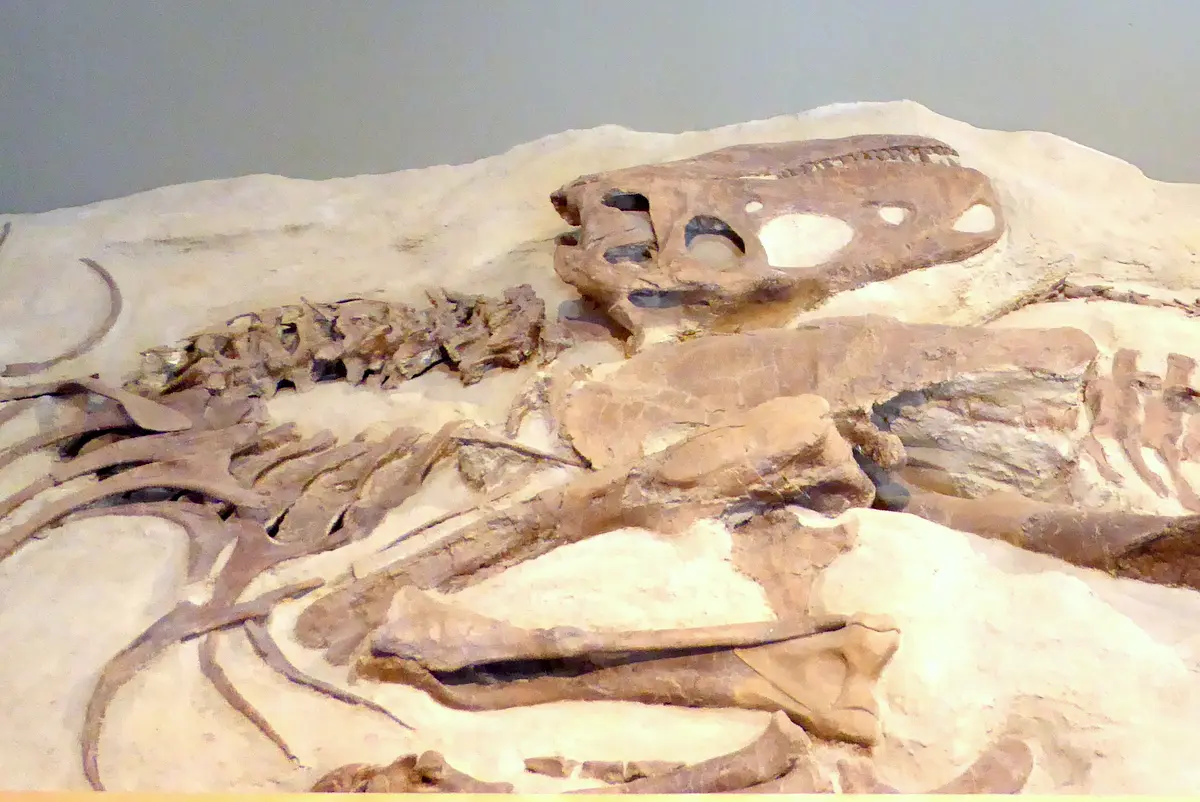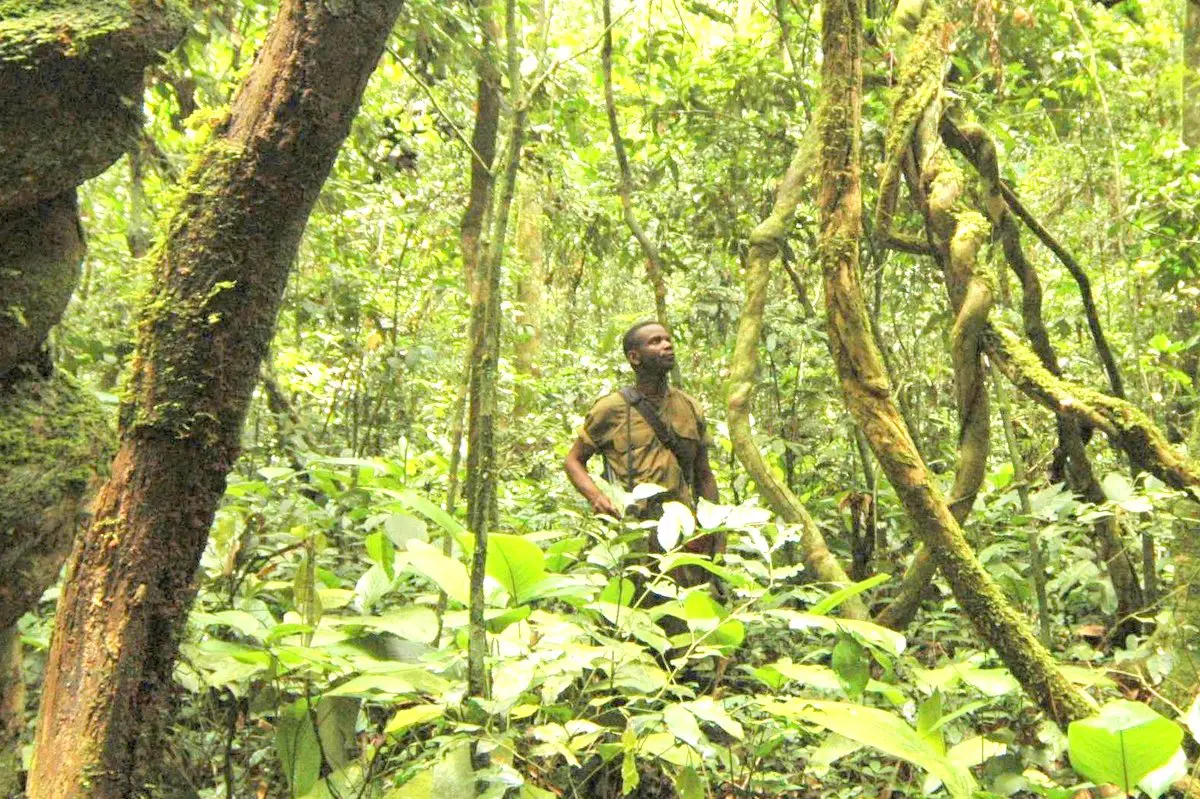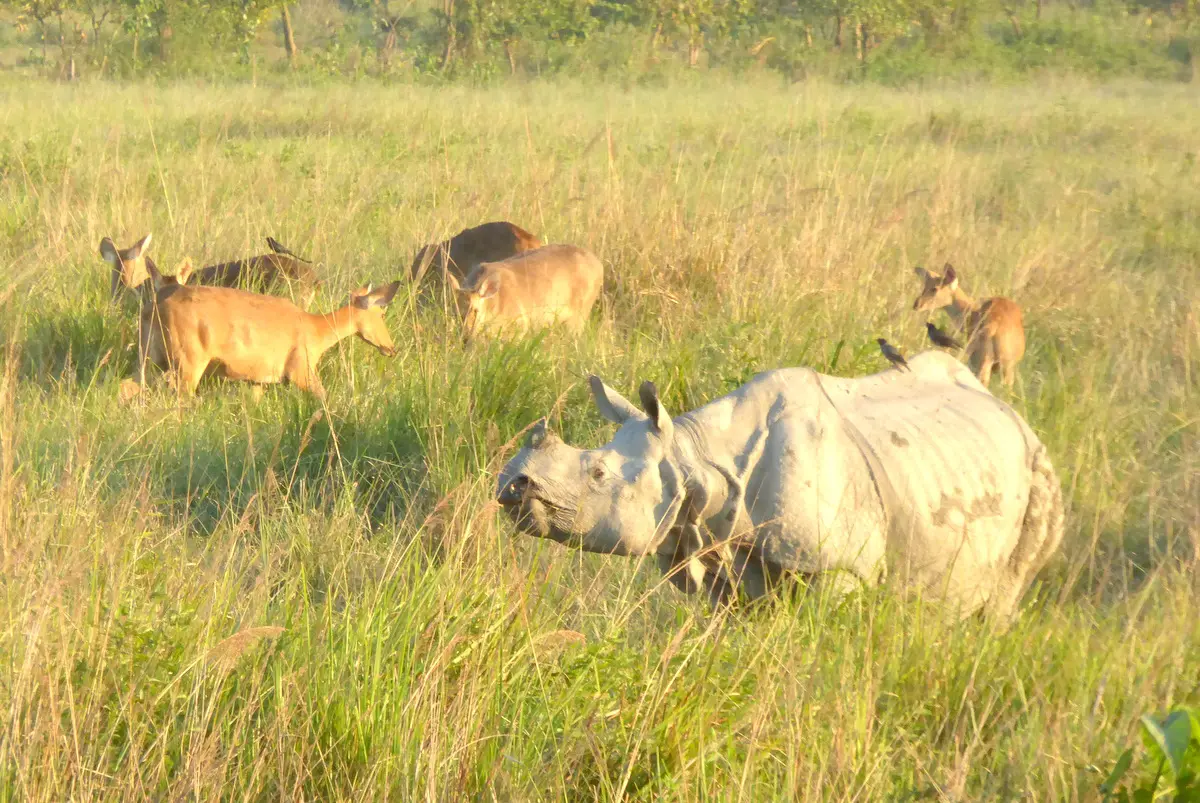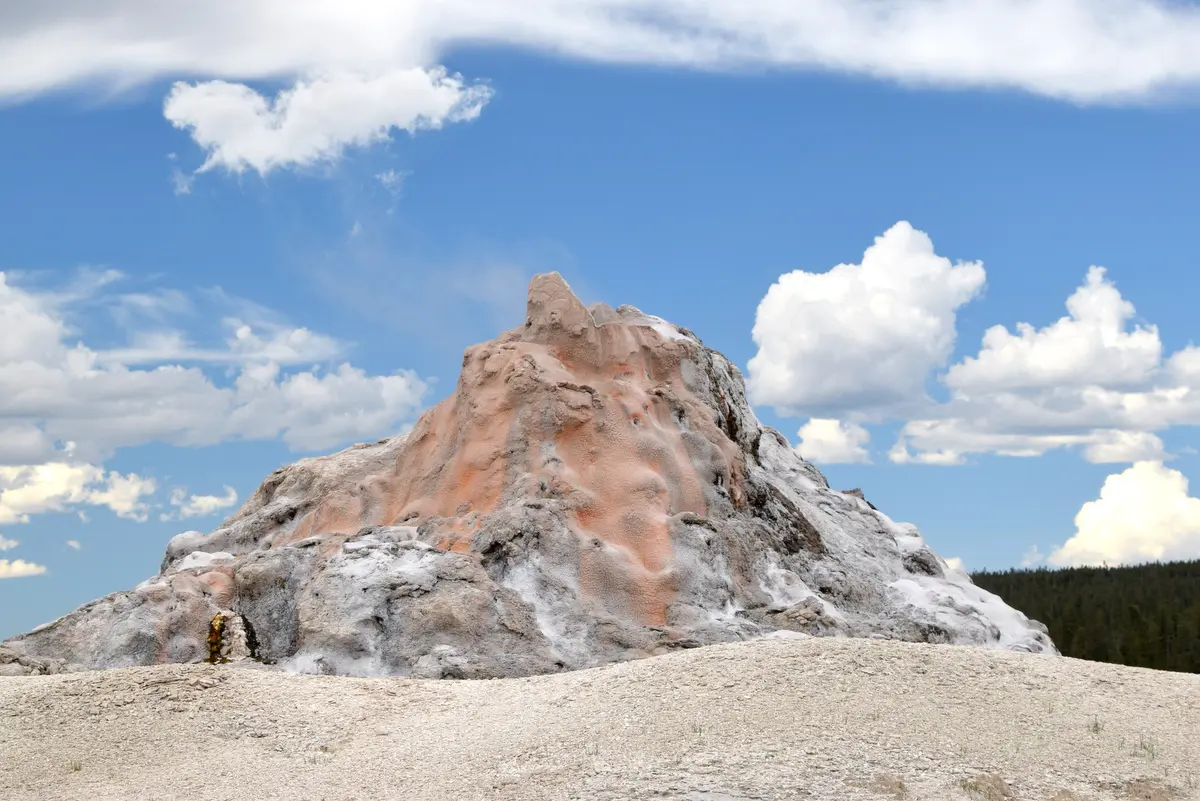Mountains feature prominently on the world heritage list, with 40 sites falling within this category. To some extent this reflects the fact that mountains are difficult places to live, so natural habitats have persisted for much longer here than in areas that could be settled more easily. It has consequently been relatively easy to establish parks and reserves in mountain areas during the modern era, and ultimately inscribe them on the world heritage list. It is perhaps surprising that only two or three of the Seven Summits (the highest peaks on each continent) are included in the world heritage list. So while Mount Everest (8848m) and Mount Kilimanjaro (5895m) are inscribed, and Indonesia’s Puncak Jaya/Cartenz (4884m) (within the Lorentz National Park) can be considered as the Australian continent’s highest peak, other continental summits are missing from the world heritage list. Mount Aconcagua (6961m), as South America’s highest peak, Mount Denali (6194m) in North America, Mount Elbrus (5642m) and Mont Blanc (4810m)(as European alternatives) and Mount Vinson (4892m) in Antarctica are not included.
Many of the world’s most prominent mountain ranges – including the Himalayas, Rockies, Andes, Alps and Urals – owe their origins to the collision of the Earth’s tectonic plates. Other mountains have arisen through fracturing of the Earth’s crust, creating faults such as Africa’s Great Rift Valley. Such fracturing may allow rock to be forced upwards in large blocks (such as the Rwenzori Mountains), or cause the build-up in pressure of magma below the surface, eventually spilling out over the younger rocks above as a volcano. These mountain building processes have contributed to a great diversity of land forms amongst the mountains on the world heritage list.
The Himalayas are by far the world’s highest mountain range with 14 peaks above 8,000m (peaks on other continents are all below 7,000m). Four natural world heritage sites are found in the Himalayas, with similar numbers in North America’s Rocky Mountains and South America’s Andean mountain chain. The Swiss Alps and Italian Dolomites are listed, as well as the Pyrenees site of Mont Perdu. Elsewhere, sites in Africa include areas associated with the Great Rift Valley (Virunga, the Rwenzoris); great escarpments of basaltic cliffs derived from ancient lava flows (Simien and the Maloti-Drakensberg) or relatively recent free-standing volcanoes (Kilimanjaro and Mount Kenya).
‘To learn more about these spectacular places click on the links of featured sites in the table, or the photo tiles below. Note that some site pages are still under development so the links for these places are not yet active.’
Threats and conservation needs: Mountains are particularly affected by climate change, and many areas are losing their glaciers very quickly. A warming climate forces ecological change, with plant and animal communities shifting to higher elevations. Meanwhile at the lower elevations of many mountain areas there are growing pressures for land clearance and human settlement, particularly where rich volcanic soils offer good agricultural potential.
Iconic Species: Mountains are some of the most biologically diverse environments on Earth due to the adaptation of different species to variations in altitude, climate, soils and aspect. Often mountains are isolated from other areas of similar habitat, resulting in high levels of endemism. They have also served as a ‘last refuge’ for species displaced by human activities and habitat destruction in lower-lying areas of their ranges.
Missing links: The International Union for Conservation of Nature (IUCN) carried out a global analysis of mountains on the world heritage list in 2002 and identified a further 28 areas with high potential. These include 19 sites in the ‘Palaearctic realm’ (from the Japanese Alps to Iceland with several possibilities in the Himalayas and the mountains of central Asia) and 7 sites in Nearctic and Antarctic regions, but only 3 from South America and nothing from other areas of the world. It would be useful to review and update this analysis. This might serve to identify further candidate areas in ‘under-represented’ regions, such as, in Africa, the Bale Mountains of Ethiopia, the Eastern Arc Mountains of Tanzania, and maybe the high Atlas of North Africa.

